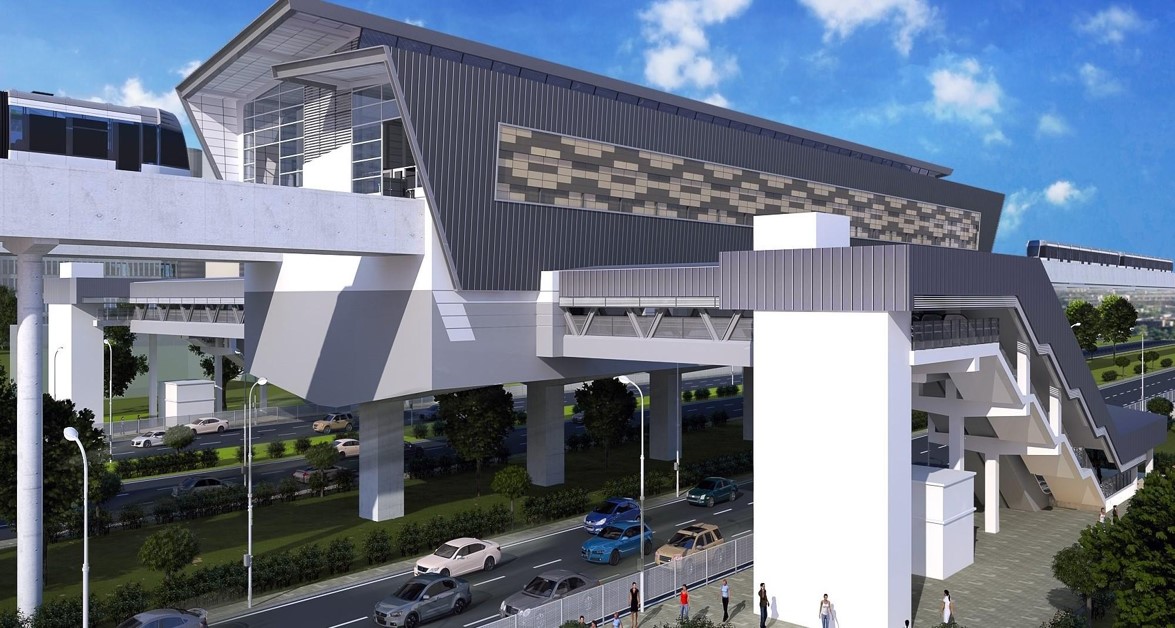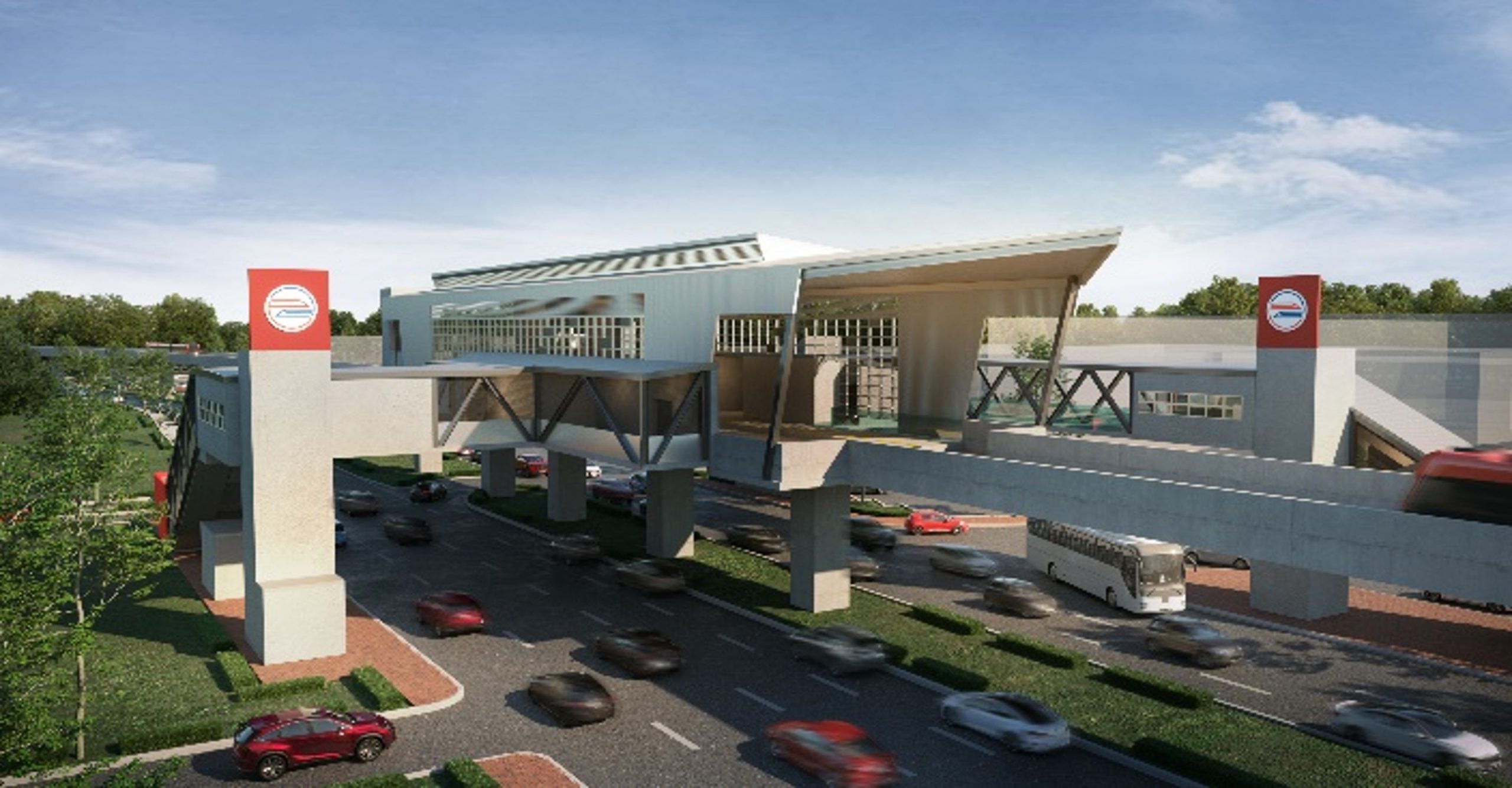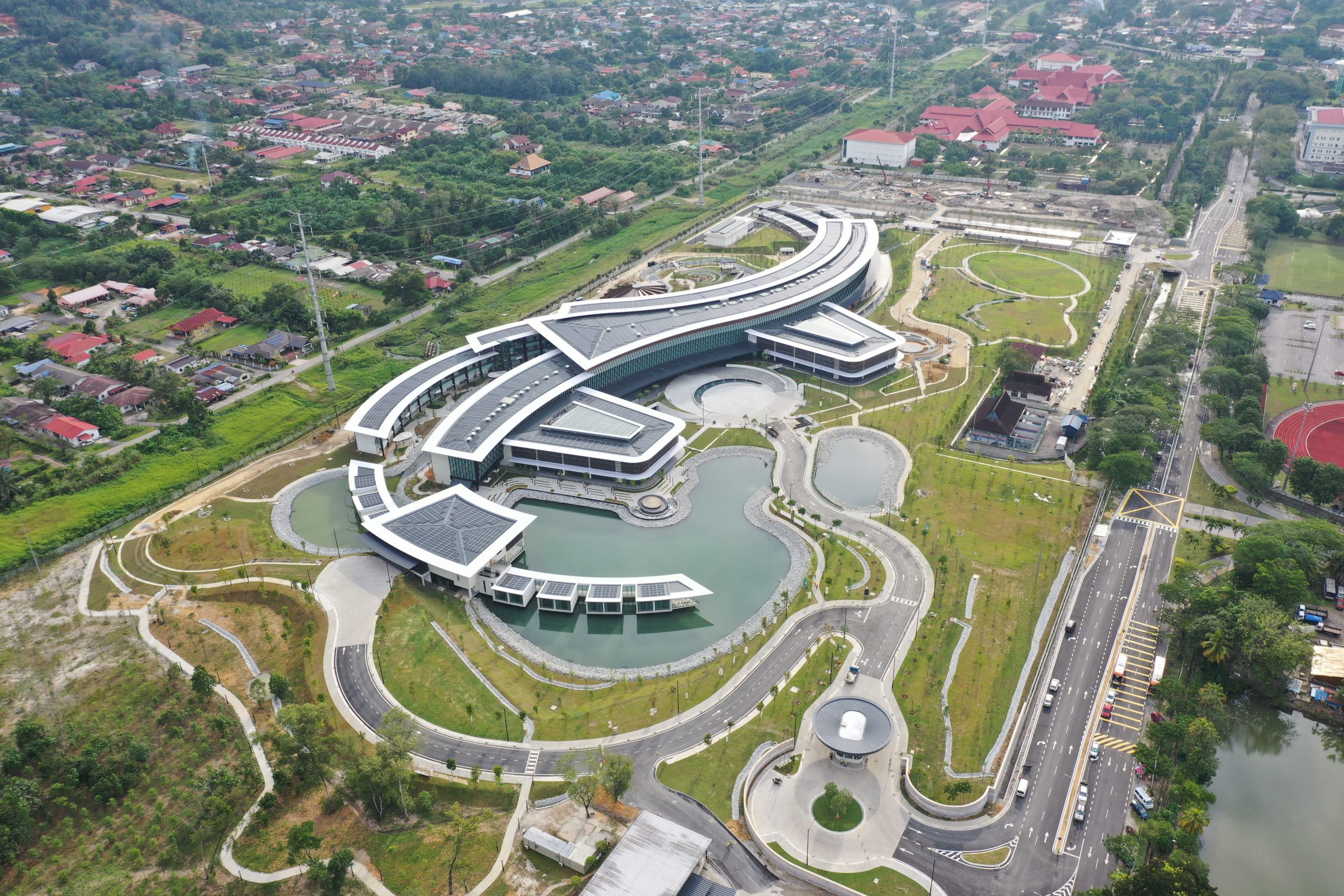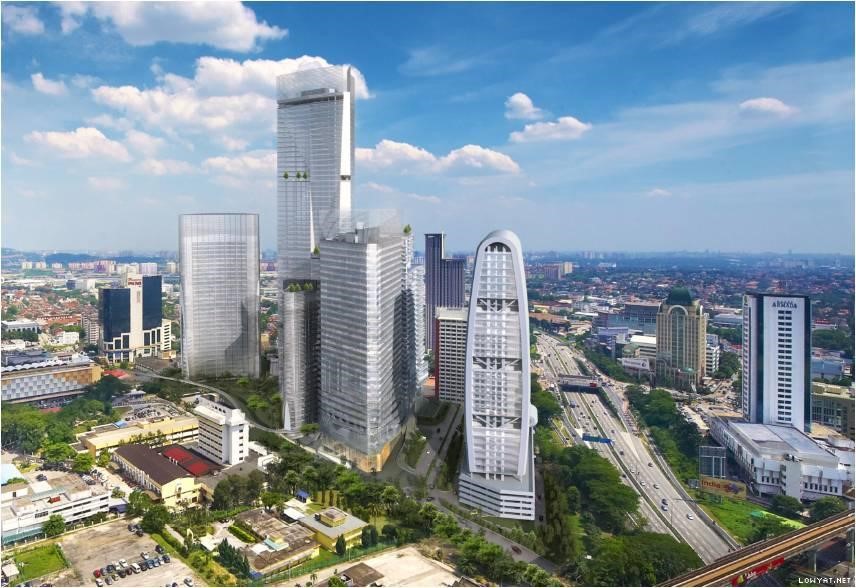At Minconsult, we have embraced BIM adoption to enhance design and construction performance. Adopting BIM can facilitate streamlined collaboration among clients, consultants, contractors, and stakeholders by utilizing virtual project planning. As a multidisciplinary engineering company, Minconsult has a wealth of experience in utilizing digital models to visualize and verify spatial design coordination before construction commences.
For every project undertaken, Minconsult develops a unique execution plan, this is supported by a carefully selected project team and software that is fit for purpose and best in class. Our project teams are well trained and are provided with the latest in modelling tools. The use of BIM has helped us streamline our project delivery process and has reduced the time between sketching of concept to the production of drawings. Furthermore, through better coordination and pre-emptive discovery of clashes have generally saved the client, contractor and project as a whole. Allowing projects to be handled within budget and on-time.
What We Do
At Minconsult, we have embraced BIM adoption to enhance design and construction performance. Adopting BIM can facilitate streamlined collaboration among clients, consultants, contractors, and stakeholders by utilizing virtual project planning.
As a multidisciplinary engineering company, Minconsult has a wealth of experience in utilizing digital models to visualize and verify spatial design coordination before construction commences.
Our BIM Values
Minconsult’s role within the BIM industry involves the development of a BIM Strategy to suit your project data and all unique circumstances. The strategy will be based on the BIM Execution Plan, which utilises the same BIM principles that we have evaluated and refined through past project deliveries.
The key inclusions within our BIM Execution Plan (BEP) are:
- Employer’s Information Requirement/Client’s requirements.
- Key roles and responsibilities.
- Usage of Common Data Environment.
- Project outcomes using BIM.
- Model composition.
- Level of Development guidelines.
- Clash detection and coordination workflows.
- Model coordination and federation guidelines.





